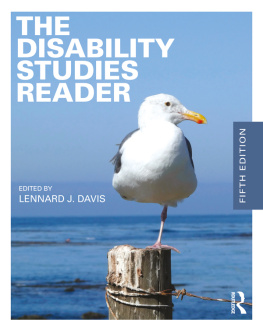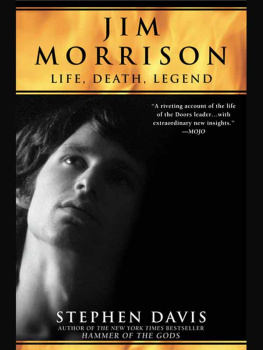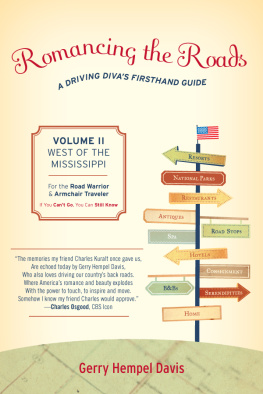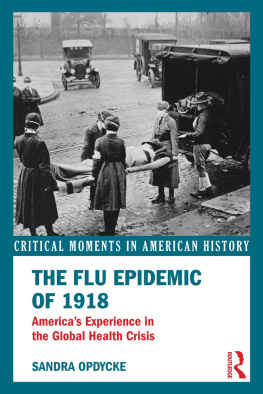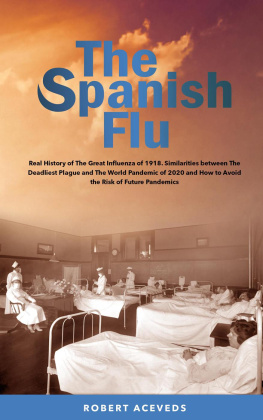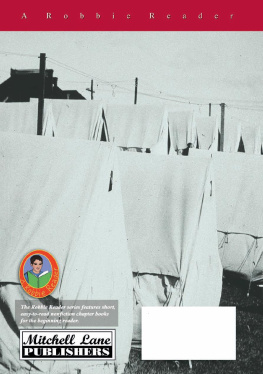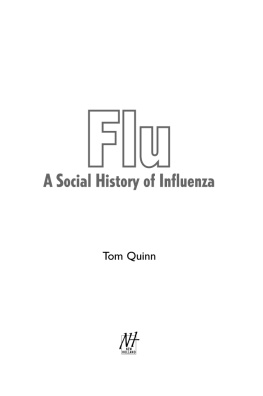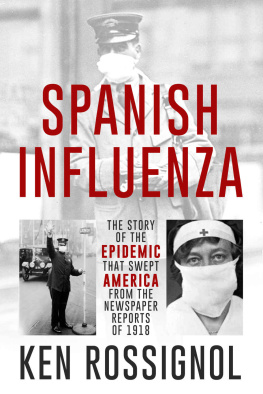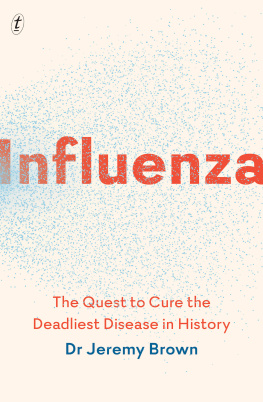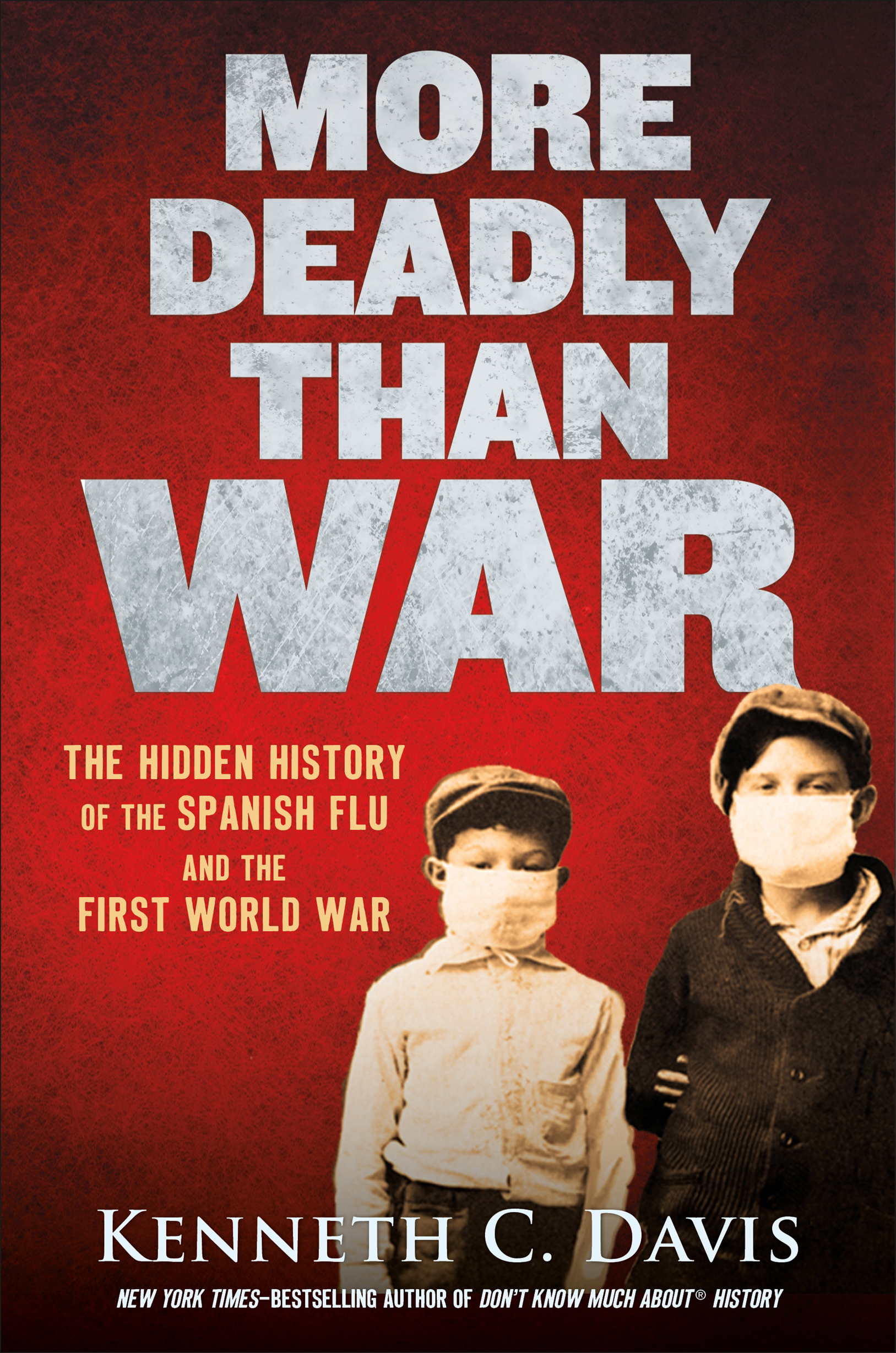Contents
Guide
Pagebreaks of the print version

The author and publisher have provided this e-book to you for your personal use only. You may not make this e-book publicly available in any way. Copyright infringement is against the law. If you believe the copy of this e-book you are reading infringes on the authors copyright, please notify the publisher at: us.macmillanusa.com/piracy.
DEDICATED TO THE BRAVE SALLIES OF THE SALVATION ARMY, THE RED CROSS ANGELS, AND ALL THE OTHER NURSES WHO WENT TO THE TRENCHES AND SICK WARDS IN 1918AND TO ALL THOSE NURSES WHO CONTINUE THE NOBLE TRADITION OF THEIR PROFESSION
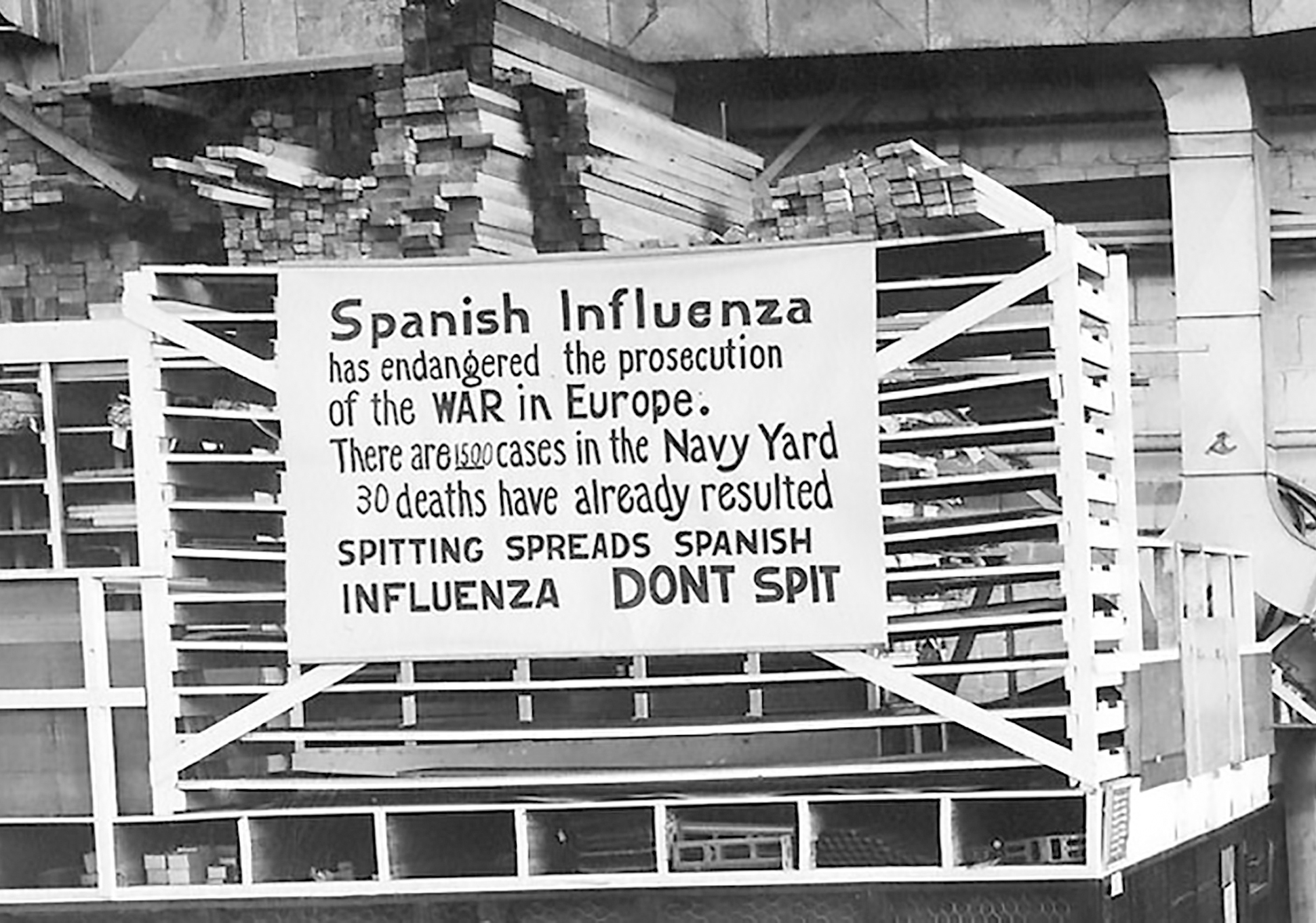
A sign posted at the Philadelphia Navy Yards in 1918 made it clear: the Spanish flu and what came to be called World War I were inseparable. [U.S. Naval Historical Center]
Whats true of all the evils in the world is true of plague as well. It helps men to rise above themselves.
Albert Camus, The Plague (1947)
I had a little bird,
Its name was Enza,
I opened up the window,
And in flew Enz a.
Childrens jump rope song, 1918

Children left orphaned by the Spanish flu in Nushagak, a remote village in the territory of Alaska, where the pandemic devastated the native population in 1918 and early 1919. [Alaska State Library]
I T WAS 1918 in the Alaskan outback, far from the muddy, bloody trenches of the Great War raging across Europe. The town of Brevig Mission, on the remote Seward Peninsula, was about as far as you could travel at the time and still be in American territory. (Alaska was not yet a state.) The people of Brevig Mission didnt have to worry about the tanks, bombs, airplanes, and mustard gas that were wreaking havoc in France and Belgium. The dangers of a world war meant little in this small fishing village near the Arctic Circle.
Then the native villagers were hit by a strange malady. It began simply enough with coughs and sore throats, followed by extremely high fevers. The villagers complained of severe headaches, pain behind their eyes, and excruciating muscle aches. Keeping food down was impossiblemen, women, and children were vomiting uncontrollably. Soon the people of Brevig Mission were coughing blood and choking on their own mucus.
Five days later, seventy-two of the villages eighty inhabitants were dead. Rescuers who eventually reached the Lutheran mission there found little more than bones and corpses, which had been ripped apart by starving dogs. In one igloo, they discovered three children huddled together in the midst of their dead family. Living on oatmeal, they had miraculously survived several days in the unheated ice hut.
The dead were buried in a mass grave dug from the frozen earth, or permafrost.
Elsewhere in Alaska, in places that could be reached only by boat or mushers in dogsleds, other rescue teams found many more horrific scenes. In the small fishing outpost of Micknick, a Red Cross medical team found thirty-eight adults and twelve children dead. Across the Naknek River, the team reached another village with a seafood cannery. In the barabarastraditional Aleutian sod houses that are partially undergroundthey found twenty-two of the twenty-four adults there had died; a twenty-third death followed the next day. Many of the victims had bluish skin, the reason some people called the mysterious sickness the Purple Death.
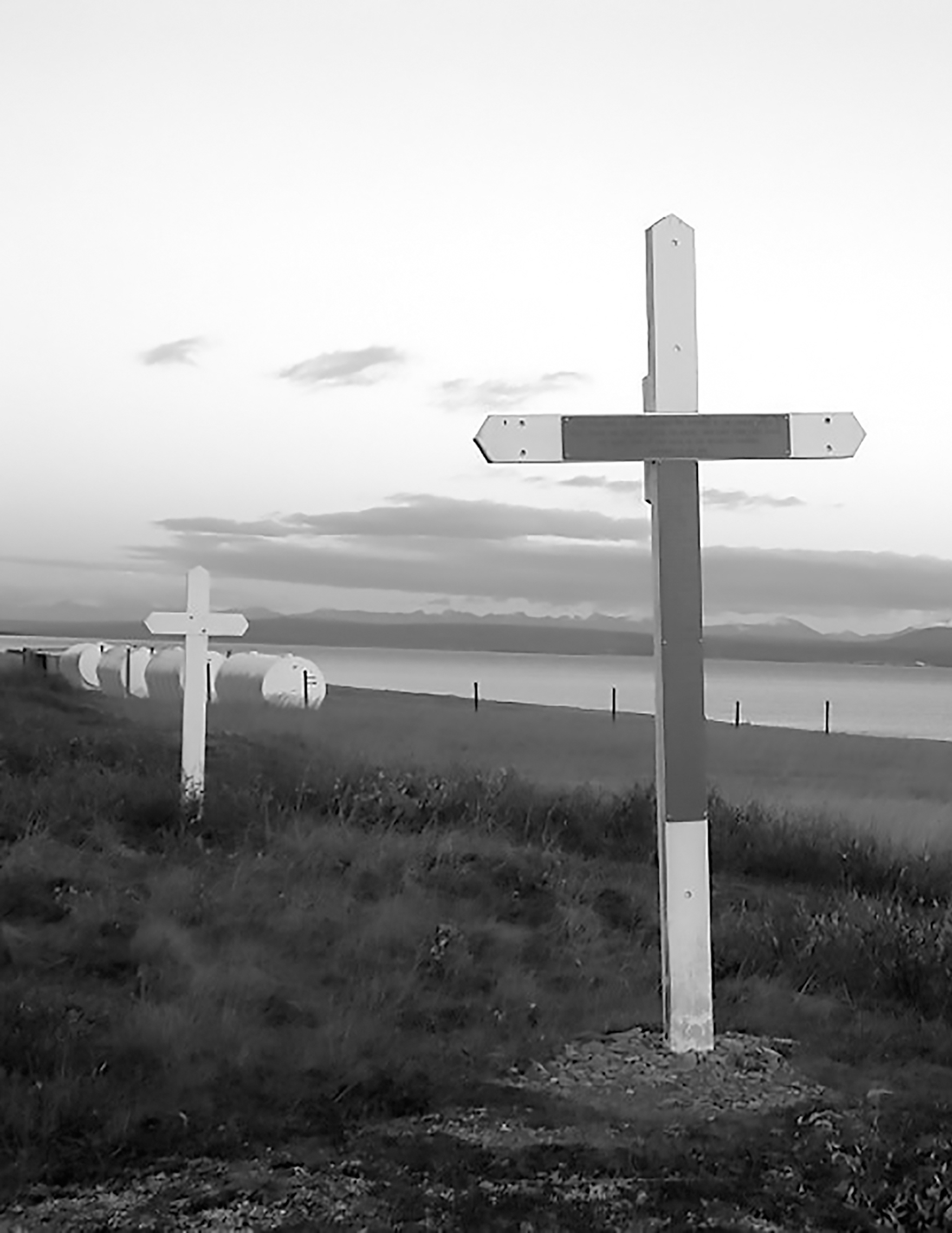
Crosses mark a mass grave of Spanish flu victims at Brevig Mission in Alaska. [Ned Rozell, National Library of Medicine, National Institutes of Health]
Numerous villages were found but no sign of life about, the Red Cross team reported, except for packs of half-starved, semi-wild dogs. The report continued, It was impossible to estimate the number of dead as the starving dogs had dug their way into many huts and devoured the dead, a few bones and clothing left to tell the story.
The Purple Death was actually part of a great wave of influenza, a lethal virus that swept across America and around the world starting in the spring of 1918. A second, even deadlier wave of influenza appeared in late summer and autumn of 1918, and a third wave continued into 1919. This highly contagious disease, later widely known as Spanish flu, killed an estimated 675,000 Americans in one year, according to historian and professor Alfred Crosby.
Consider this perspective: more Americans died from the flu in this short time than all the U.S. soldiers who died fighting in World War I, World War II, the Korean War, and the Vietnam War combined. Indeed, the Spanish flu killed as many Americans in about a year as did HIV/AIDS, the most notorious epidemic of modern times, in more than thirty years. According to the Centers for Disease Control and Prevention (CDC), the estimated number of deaths from diagnosed HIV infection classified as AIDS in the United States since the first reported death in 1981 through 2014 was 678,509about the same number that died of Spanish flu from 1918 to 1919.
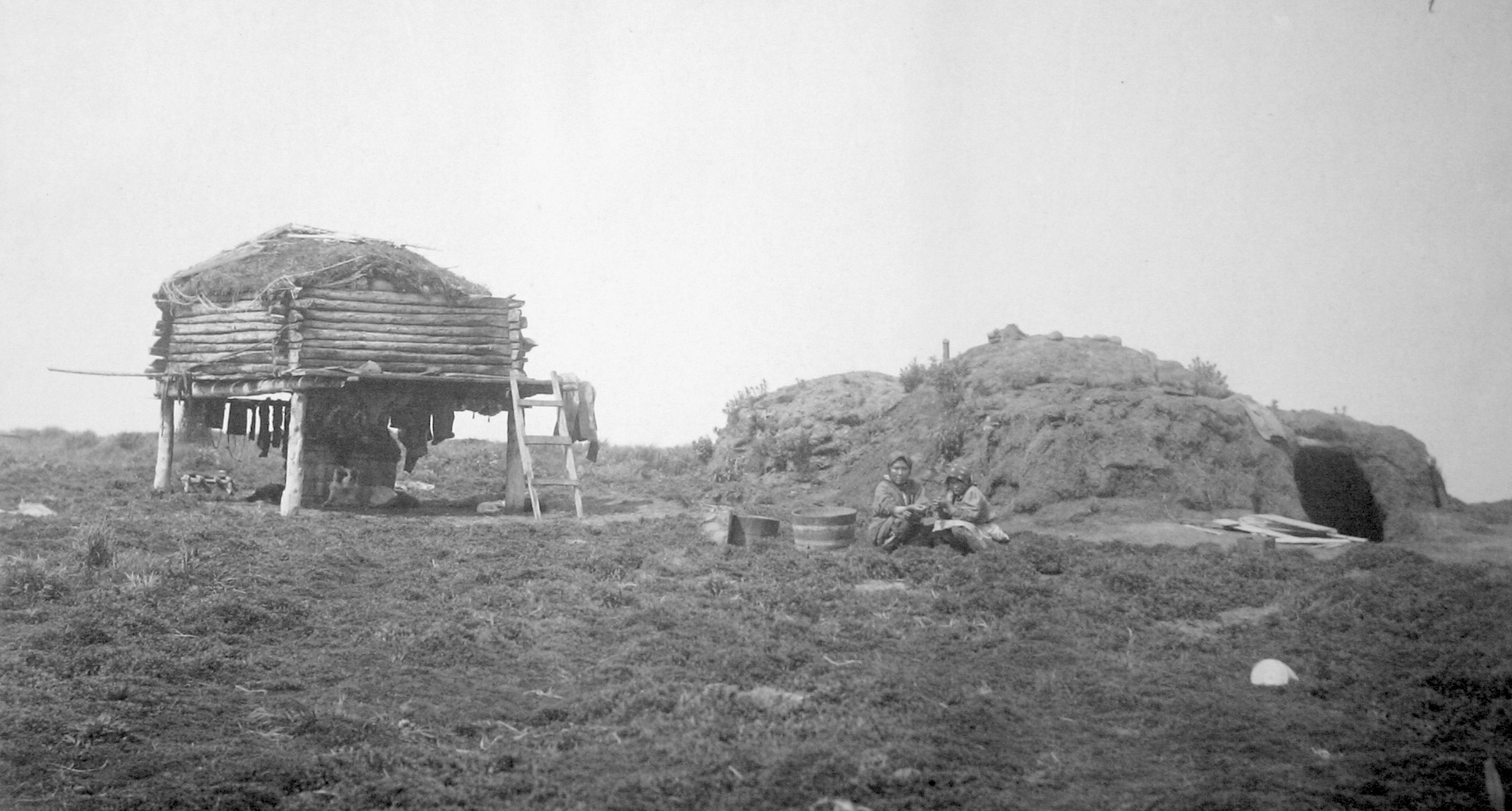
A native Alaskan barabara, or sod house. [Gulf of Maine Cod Project, NOAA National Marine Sanctuaries; courtesy of National Archives]
And America was not suffering alone. This was not an epidemic but a pandemica widespread outbreak of a killer diseasethat eventually swept over the whole world. From the spring of 1918 and on through the winter of 191920, waves of influenza deluged the world like a global tsunami.
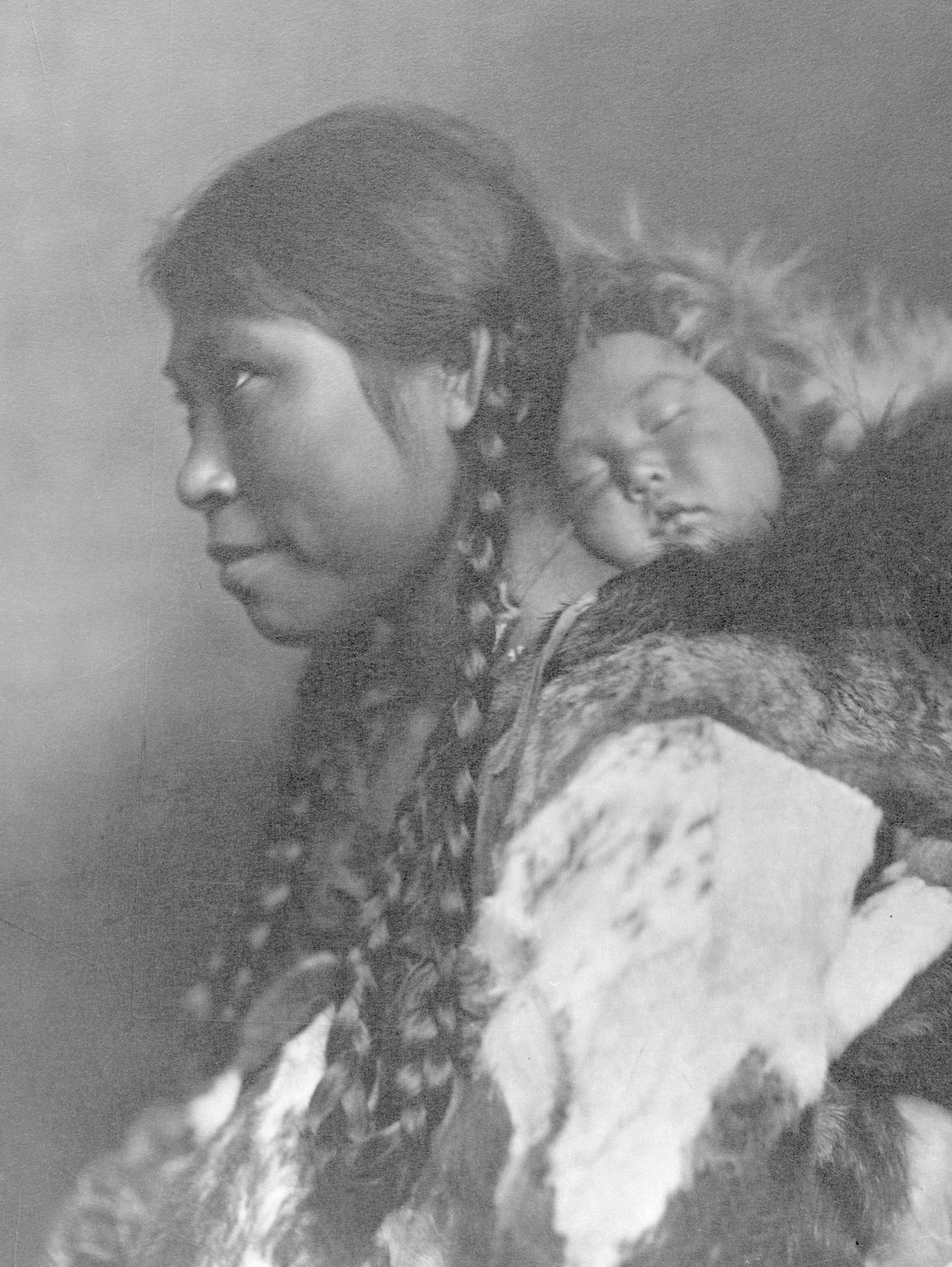
Alaskan natives contracted and died from influenza in disproportionately high numbers. [The Library of Congress]

Two boys wearing masks, the most visible symbol of the epidemic as it swept the world in 1918. [Florida State Archives]
Rearing its head first in America, it has long been thought, Spanish flu spread its devastation across Europe and into Africa, India, New Zealand, and the Philippines. It knew no borders or boundaries. It struck kings, presidents, and generals, average soldiers and civilians, rich and poor alike. It killed Germans and Americans, Alaskans and Africans. Never beforeor sincehad an outbreak of the flu been so murderous.
For many years, the Spanish flu pandemics death toll was estimated at twenty to fifty million people around the world. That would make it the second most lethal pandemic in world history after the notorious Black Death, a series of catastrophic plagues that engulfed Europe, Asia, and the Islamic world in the 1300s. The Black Death killed an estimated seventy-five million people, with the real possibility that as many as two hundred million people died.



